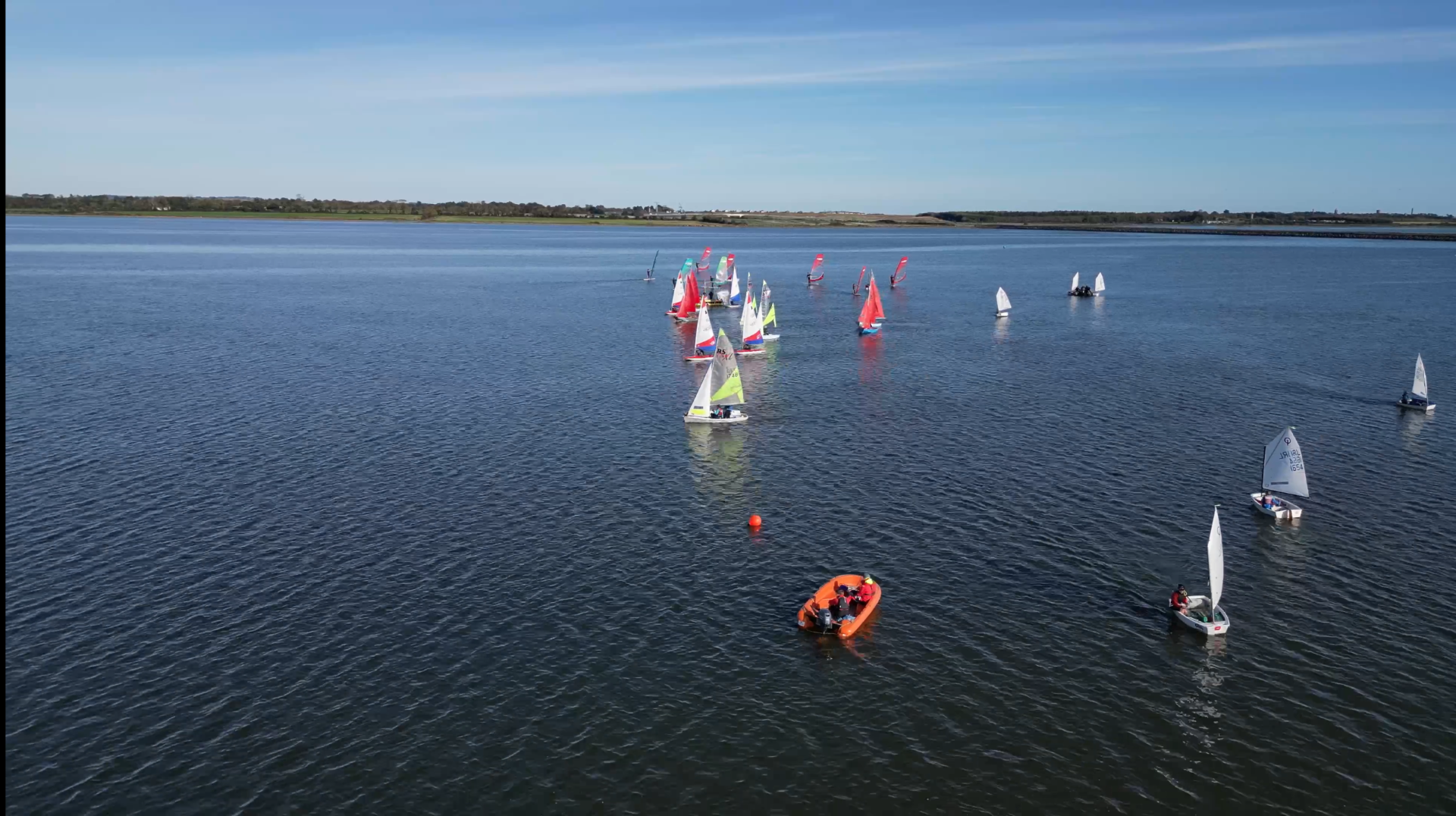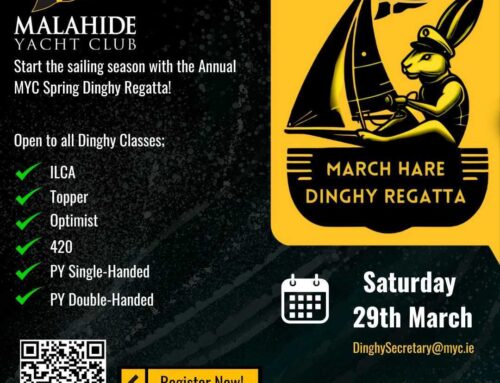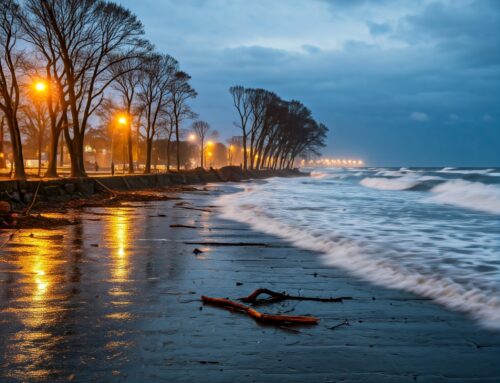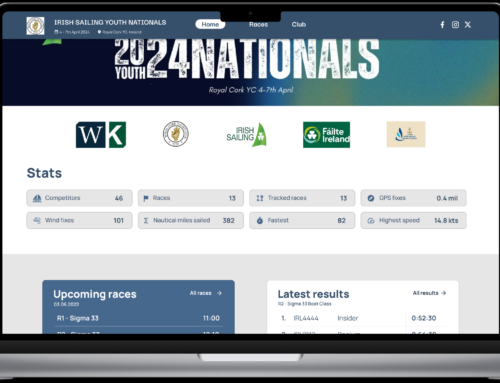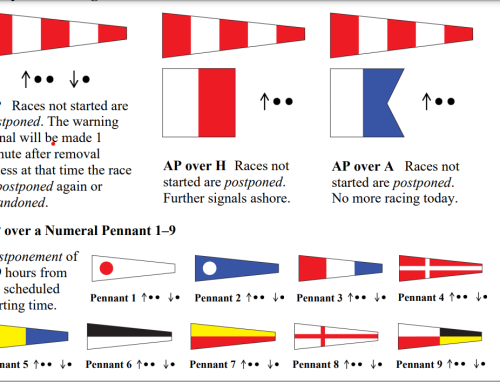Part 3: The Race Start
David Greene continues his series on owning and sailing a racing cruiser:
When starting, there are, in my opinion, three key things we want to consider
1. is the starting line biased (meaning is one end of the line closer to the weather mark);
2. the best place on the line to start (not necessarily the same as the best end of the line) and
3. how to ensure we start travelling at full boat speed.
Let’s think about the three things individually, It’s pretty easy to work out whether the line is biased. A perfect line should be perpendicular to the wind. If the wind is straight out of the north (bearing 0 degrees); then sailing from the committee boat to the pin end should be a bearing of 270 degrees and sailing from the pin end towards the committee boat should be on a bearing of 090 degrees. In the first case, if the bearing is above 270 degrees, you’re sailing towards the favoured end of the line. In the latter case, if the bearing is lower than 90 degrees, you’re sailing towards the favoured end. If the wind is from the east (bearing 090 degrees), the relevant bearings are 0 degrees and 180 degrees. And so on.
However, there might be a bunch of boats all hoping to start at the favoured end, so if the line bias is minor, you’re better off concentrating on picking a good spot on the line. For us, we’re always trying to start in clear air with no boats to leeward of us. A good start can be killed if there’s a boat underneath you who is pinching and squeezing you up into the wind. This is really important if you’re one of the smaller boats in the fleet. When we race in Howth, we are generally the smallest boat in our class – if we have a bigger faster boat to leeward of us, he will probably sail out from under our lee and maybe pinch up a bit to try and get us to tack away. That’s a killer for our boat speed. We also like to have no-one to leeward of us because we might want to bear away a few degrees and build our boat speed straight after the start.
The other key difference between cruisers and dinghies is the time it takes to get the boat moving and up to target boat speed. Dinghies can accelerate very quickly, which is why you’ll often see dinghies head-to-wind a few metres back from the line just before the start, trying to hold their position. On cruisers, it can take up to 30 secs to get moving, and you’re a sitting duck on the starting line if you’re sitting head-to-wind with no manoeuvrability. So with 30secs to go most cruisers are sheeting in their sails and building up to target boat speed. Sometimes you might be a bit early for the start and might need to sail down the line, which is another reason why you want no-one coming up to leeward of you.
When the gun goes, if you’re near the favoured end of the line, sailing at speed and with no boats closely to leeward of you, you’ve made a good start.
Editor’s Note: This series is written by David Greene, an experienced skipper from Malahide, Ireland. David has decades of sailing and racing experience, often participating in local yacht club races and regattas around Ireland with his boat, White Pearl (Elan 331). Malahide estuary is located on the east coast of Ireland, characterized by strong tides and a sandbar that restricts the draught of boats.

